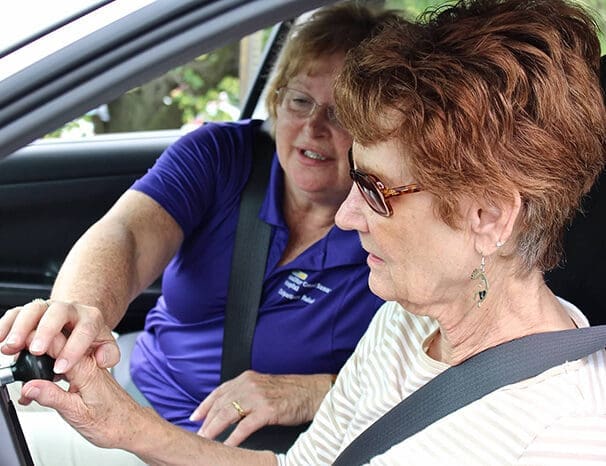HealthProviders DB is a comprehensive database of healthcare providers, including a complete directory of all Driving and Community Mobility Occupational Therapists.
Occupational Therapist Healthcare Taxonomy Code 225XR0403X
As of today, the following are the total number of Driving and Community Mobility Occupational Therapists nationally, in your State, and near your location.
Select a State below to view the list by State. Additionally, you can narrow the list by city, among other options, from the Filter Panel, which you can open by clicking the vertical ellipses ⋮ in the upper right corner of the app.
Alaska – Alabama – Armed Forces Pacific – Arkansas – American Samoa – Arizona – California – Colorado – Connecticut – District of Columbia – Delaware – Florida – Federated States of Micronesia – Georgia – Guam – Hawaii – Iowa – Idaho – Illinois – Indiana – Kansas – Kentucky – Louisiana – Massachusetts – Maryland – Maine – Marshall Islands – Michigan – Minnesota – Missouri – Northern Mariana Islands – Mississippi – Montana – North Carolina – North Dakota – Nebraska – New Hampshire – New Jersey – New Mexico – Nevada – New York – Ohio – Oklahoma – Oregon – Pennsylvania – Puerto Rico – Palau – Rhode Island – South Carolina – South Dakota – Tennessee – Texas – Utah – Virginia – Virgin Islands – Vermont – Washington – Wisconsin – West Virginia – Wyoming
Medicare
The following are the total number of Driving and Community Mobility Occupational Therapists who accept Medicare in your State, the number who have opted out of Medicare, and the total number excluded from participation in Medicare nationwide.
The diagram below shows all the Driving and Community Mobility Occupational Therapists across the country, represented by blue bubbles. The larger the bubble, the greater the concentration of providers in that area. Red bubbles represent Medicare-excluded providers, with the larger bubbles indicating a higher percentage of excluded providers in that region. You can change the bubble size to be based on exclusions from the Size menu.
What do Driving and Community Mobility Occupational Therapists do?
Driving and Community Mobility Occupational Therapists (OTs) help individuals of all ages maintain independence by safely moving within their community.
They do this through comprehensive assessments, personalized training, and recommendations for adaptive equipment or vehicle modifications.
This includes evaluating a person’s physical, cognitive, and visual skills, as well as providing driving and other transportation training, such as public transit or walking.
What they do
Comprehensive evaluations: OTs conduct both clinical and on-road assessments to evaluate an individual’s driving skills and safety.
Vehicle and equipment recommendations: They provide recommendations and training on adaptive equipment, vehicle modifications, and specialized seating for passengers.
Intervention and training: OTs provide training on compensatory strategies, driving skills, and safe use of adaptive equipment.
Community mobility training: They assist with other forms of community mobility, such as navigating as a pedestrian, using public transit, reading maps, or using GPS.
Caregiver and client education: OTs educate clients and their families on safety procedures and alternative transportation options.
Support for specific needs: They can help with various conditions, from helping a new driver get a license to supporting individuals with disabilities or older adults who may be losing their driving ability.
How they work with different clients
Individuals with disabilities: OTs help people with various disabilities find appropriate and safe ways to travel in their community.
New drivers: OTs can help people obtain their first driver’s license and educate them on safety.
Older adults: They help seniors continue to drive safely for as long as possible or assist with transitioning to alternative community mobility options when driving is no longer an option.

